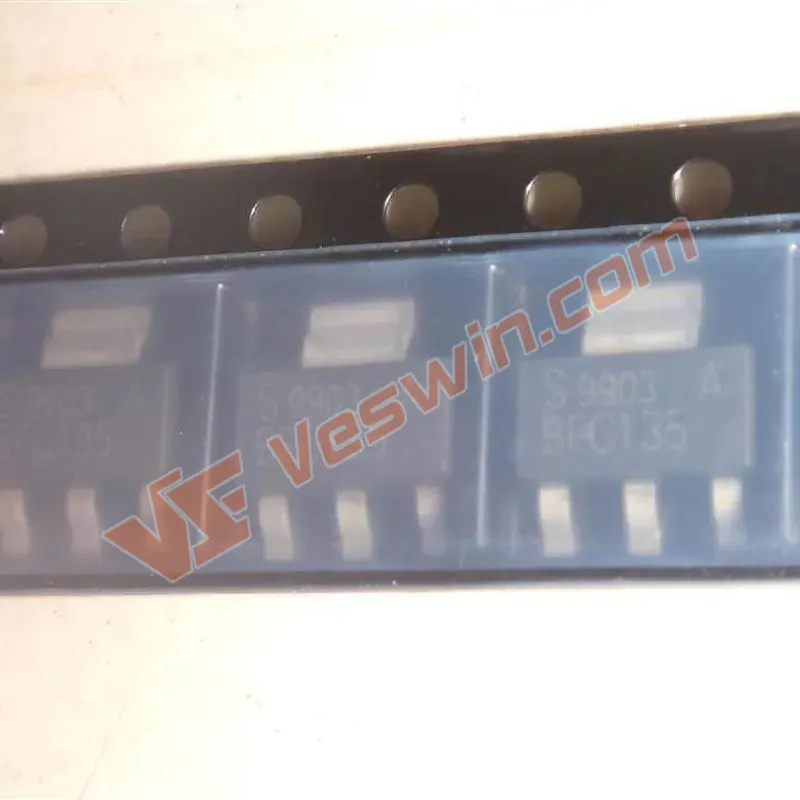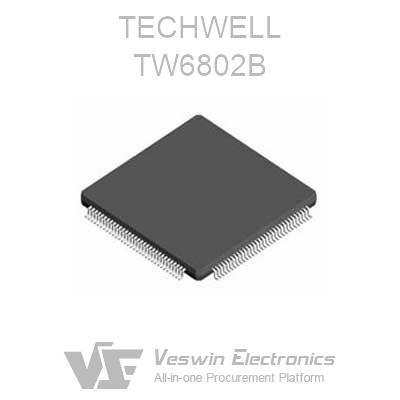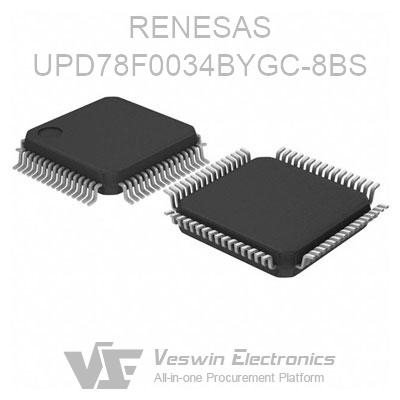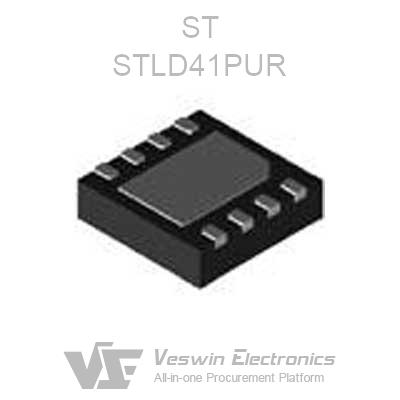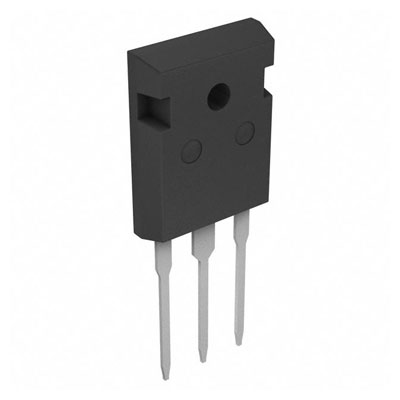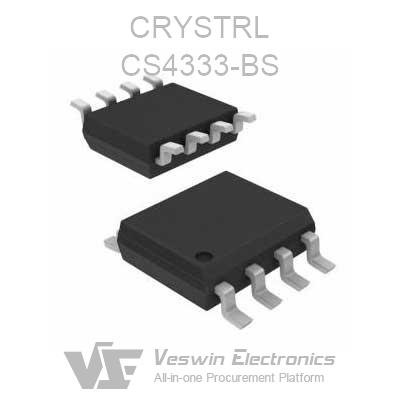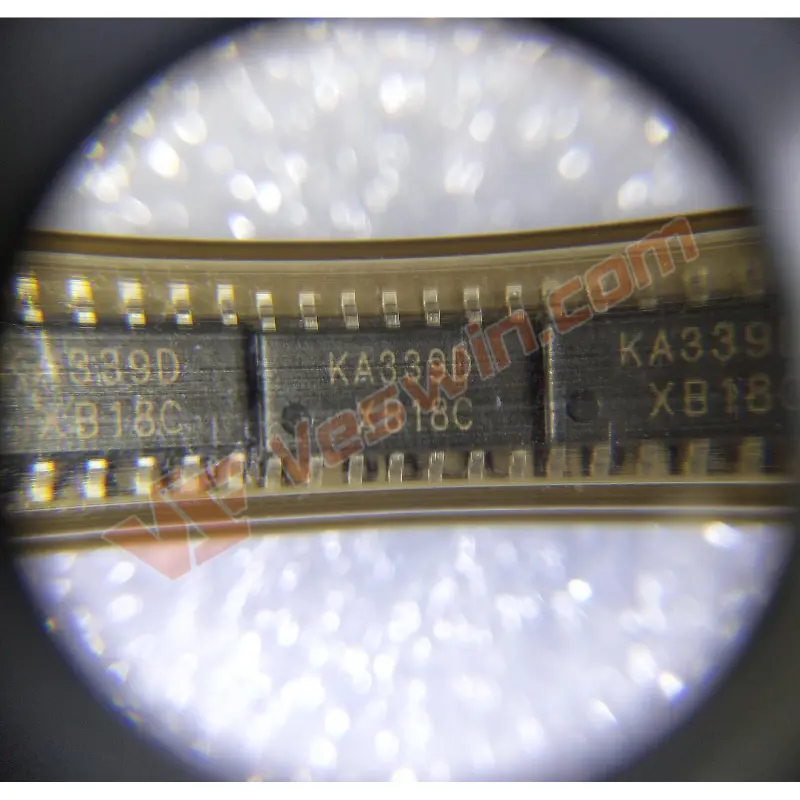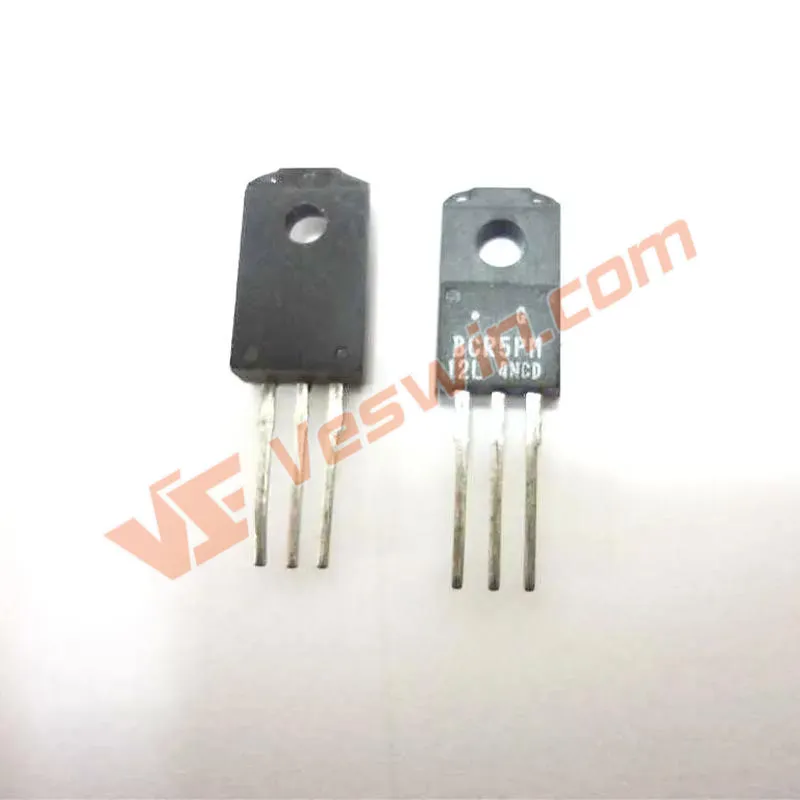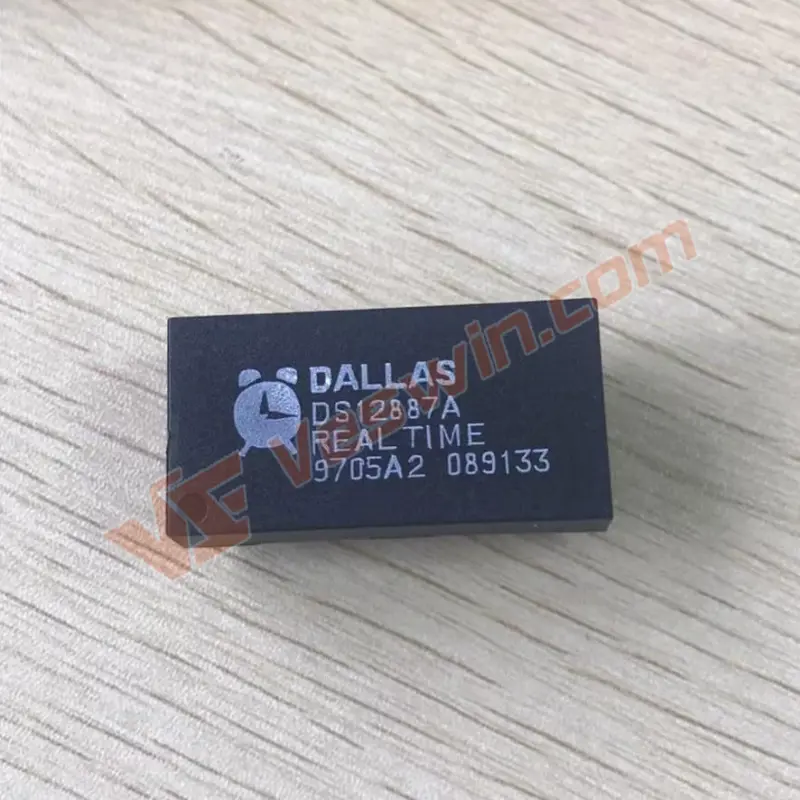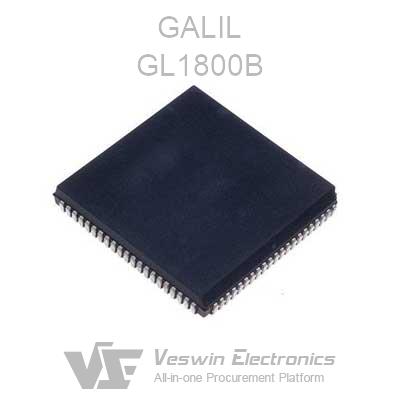Have you learnt about capacitor? No matter you are new to it or others, in this article, our team will introduce to readers the meaning, working principle, characteristics, and applications of capacitors. Let's read on.
A capacitor consists of an insulating dielectric sandwiched between two metal electrodes. When a voltage is applied between the two metal electrodes, an electrical charge is stored on the electrodes, so the capacitor is an energy storage element.
Any two conductors that are insulated and close to each other form a capacitor. A parallel plate capacitor consists of an electrode plate and a capacitor dielectric. There are also a variety of capacitors, including fixed capacitors, variable capacitors, electrolytic capacitors, ceramic chip capacitors, mica capacitors, polyester capacitors, tantalum capacitors, etc., of which tantalum capacitors are particularly stable.
Fixed capacitors are commonly used in circuits such as coupling, filtering, integration, differentiation, RC charge/discharge circuits and resistors, LC oscillation circuits and inductors. Since the capacity of the variable capacitor can be varied arbitrarily within a certain range, when it forms an LC circuit together with an inductor, the resonant frequency of the circuit will vary with the capacity of the variable capacitor.
The basic working principle of a capacitor is charging and discharging. Of course, it also has functions such as rectification and oscillation. In addition, the structure of capacitor is very simple, mainly consists of two positive and negative electrodes and the insulating medium sandwiched in the middle, so the type of capacitor is mainly determined by the electrodes and the insulating medium.
The charging principle of the capacitor is through the two electrode lines, connected in turn to the positive and negative poles on the power supply, after a period of time, the power supply will be cut off, will leave residual voltage, using a universal meter to detect the residual voltage stored in the product, the electrical energy will be accumulated capacitor charging. After the product is charged with electrical energy, the charge will be properly discharged to the circuit, a process, known as capacitor discharge.
In the course of the circuit, current can only pass through the product when the capacitor's is in a charged state. If it is not in a charged condition or after it has finished charging, the circuit cannot pass through. The capacitor is connected to the AC current, and the DC charging value is kept circulating by the constant charging and discharging of the product.
A parallel plate capacitor is the simplest capacitor consisting of a layer of dielectric material (air is also a dielectric) sandwiched between two parallel metal plates placed very close to each other. A parallel capacitor is made up of two metal plates placed parallel to each other.
Parallel plate capacitors are the simplest and most basic capacitors, and almost all capacitors are variations of parallel plate capacitors.
Principle of parallel plate capacitor
In the diagram, A and B are parallel conducting plates separated by an insulating substance (e.g. air) and connected to a constant current source E via a switch S. Both plates remain neutral and uncharged until power is applied. When S is closed, the electrons of the pole plate A are attracted to the positive terminal of the battery, so that A shows a positive charge; at the same time, the electrons of the negative terminal of the battery are repelled to the pole plate B, so that B shows a negative charge; therefore, an electric field is formed between the two plates A and B and a potential difference V is established.
This phenomenon of electron flow continues, and the power transferred is proportional to the voltage of the power supply, until the potential difference between the two plates AB is equal to the voltage of the power supply. The electron flow continues, and the power transferred is proportional to the voltage of the power supply, until the potential difference between the two AB plates is equal to the voltage of the power supply (V = E), then the electron movement is stopped. In the process of electron flow, the energy of the power supply is taken out and stored on the two plates, which means that the charge is stored.
A parallel plate capacitor is the simplest and most practical capacitor, which is filled with a dielectric between two plates, and the separation d between the two plates is even smaller than the area A of the plates, as shown in the figure below.
The size of capacitance is proportional to the area of the metal plate and the dielectric coefficient ε, and inversely proportional to the distance between the two plates, i.e.
C = (εA)/d
The dielectric coefficient of vacuum or air is ε = 8.84*10e-12 (F/m).
One Capacitor consists of 2 metal plates separated by a dielectric.
Dielectrics can be made of many insulating materials such as air, glass, paper, plastic, etc.
Capacitors can store charge and energy.
The higher the capacitance value, the more charge the capacitor can store.
The larger the board area or the smaller the separation, the more power the capacitor can store.
A capacitor is said to be "fully charged" when the voltage on the board is equal to the supply voltage.
The charge symbol Q , and its unit is Coulomb.
Electrolytic capacitors are polarized. They have +ve and -ve terminals.
Capacitance is in Farads, which is a very large unit, so microfarads (µF), nanofarads (nF are commonly used), and pico-Farad (pF).
Capacitors are daisy-chained together in a row called a series.
A capacitor with two terminals connected to each terminal of another capacitor is said to be connected in parallel.
Parallel capacitors have a common supply voltage
Capacitors in series have a common current flowing through them.
Capacitive reactance, X C, is the opposite of current flow in an AC circuit.
In an AC capacitive circuit, the voltage "lags" the current by 90o.
The basic structure and symbols for parallel plate capacitors are as follows:
Capacitors have a variety of uses in several major ways. Isolating DC functions to prevent DC from passing through and allowing AC to pass through. Bypassing (decoupling) provides a low impedance path for some parallel components in an AC circuit. As a connection between two circuits, coupling allows AC signals to pass through and be transmitted to the next level of circuitry. Filtering is very important for DIY, and the capacitors on the graphics card essentially play this role. Temperature compensation compensates for the effects of inadequate temperature adaptation of other components to improve the stability of the circuit.
1. The role of filtering: in the power supply circuit, the rectifier circuit will be AC into pulsating DC, and after the rectifier circuit access to a larger capacity electrolytic capacitors, the use of its charging and discharging characteristics, so that the rectified pulsating DC voltage into a relatively stable DC voltage.
2. Coupling role: in the low-frequency signal transmission and amplification process, in order to prevent the static operating point of the front and rear two-stage circuit affect each other, often using capacitive coupling. In order to prevent excessive loss of low-frequency components in the signal rhyme, generally always use larger capacity electrolytic capacitors;.
3. The role of voltage reduction: the use of capacitive resistance to step down the voltage, which is commonly used in the charger.
4. The role of DC isolation: the so-called isolated DC, in fact, is the function of high-pass filter. High-pass here means that the high-frequency signal can pass, while the low-frequency signal is more difficult to pass, DC completely through;.
5. The role of energy storage: capacitors have the role of energy storage, in the use of capacitive energy storage is generally used in large capacitors or a number of small capacitors in parallel to form a capacitor bank.
6. Bypass role: the main function of the bypass is to generate a current split, so that the higher frequency signal is easily bypassed through this capacitor, and the low frequency signal is delivered to the next level of amplification due to the larger impedance of the capacitor to it.
7. Resonant role: generally there are parallel resonance and series resonance of capacitors, but also through the resonant capacitor series and parallel combination into a trap and other engineering applications of the filter.
1. Application in transportation
Capacitors have been widely used in the field of transportation. For example, rail vehicles will face the situation of energy recovery and reuse. By installing capacitors, the overall energy utilization can be improved, and the vehicle voltage can be stabilized. Juntian Electronics Co., Ltd. also Corresponding voltage equalization solutions will be adopted for different trams, so that the trams can be better used.
2. The field of consumer electronics
Capacitors are also widely used in the field of consumer electronics, mainly divided into set-top boxes and in-vehicle equipment.
After professional digital compression, the capacitor can provide us with a higher quality TV. It is precisely because of the use of capacitors that the voltage of the set-top box can be stabilized, thus bringing us a better visual experience.
As for the application of in-vehicle equipment, it is mainly reflected in the driving recorder. Everyone knows that the driving recorder is now indispensable to the vehicle and can bring more convenience to our driving. However, if these machines are placed in the car for a long time, they will explode due to long-term exposure to sunlight. If a capacitor can be used, the voltage can be stabilized and the service life of the driving recorder can be improved.
3. Regarding green energy
Capacitors have also been well used in the field of green energy, and play a vital role in the energy storage, application, and power generation of solar energy. It is precisely because of them that green energy can be obtained in daily life. Better use reduces the waste of natural resources and reduces the burden on nature.
Hot News
